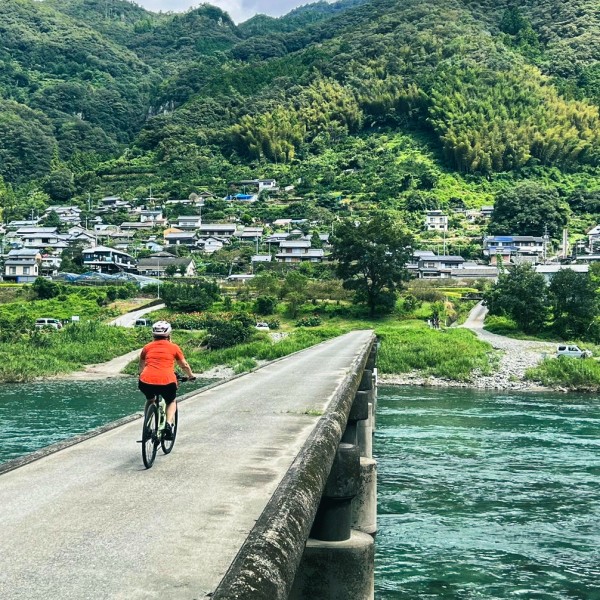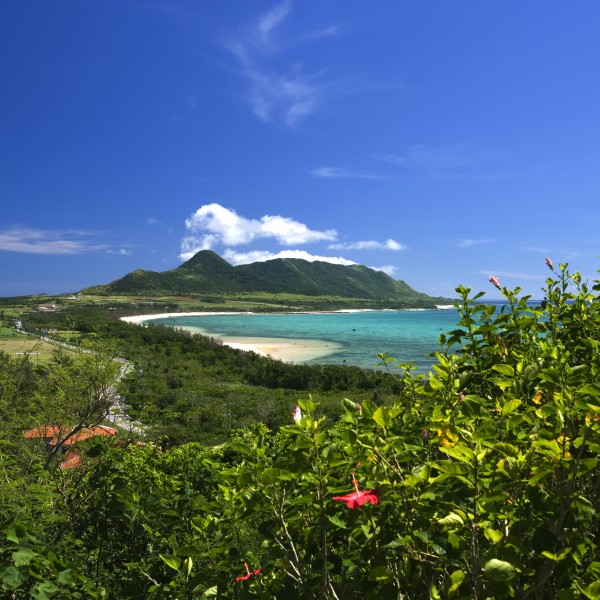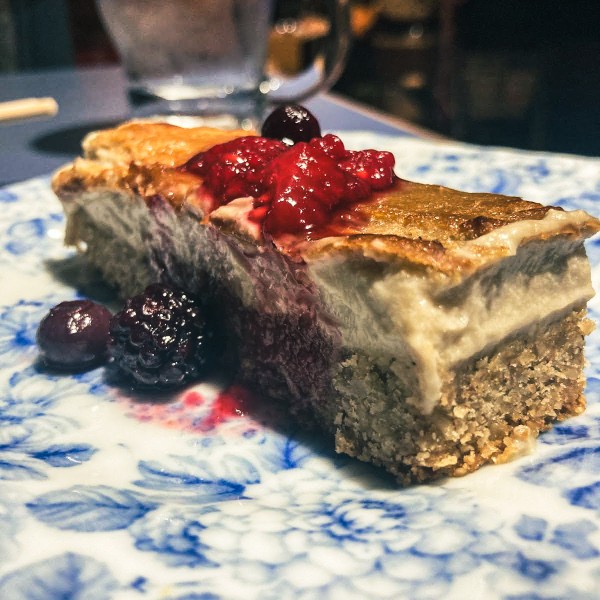By Éva Kisgyörgy
I expected many interesting experiences when I left for Japan: sparkling skyscrapers, bullet trains, peaceful Japanese gardens, intimate temples, and majestic kaiseki dinners. I never dreamed that the most vivid memory would be a spiritual experience: standing under an ice-cold waterfall in a white pilgrim's robe while a spiritual guide is praying for me.
My journey to this surprising moment started in Nagano prefecture along the Nakasendo Route. During the Edo period (1603-1868), five roads (Gokaido) were built to link the outer regions of Japan with the capital Edo (now Tokyo). The busiest and most famous of these was the Tokaido, the road linking Edo with Kyoto, which is still an important trade route today. The longest, however, was the Nakasendo, which ran across the mountainous terrain from Kyoto to Edo–hence, the name of the road means “through the mountains.”
Due to the difficult terrain, Nakasendo is not as busy as its sister road, leaving much of it untouched. One of the most popular sections of the Nakasendo runs between the post towns of Magome and Tsumago in the Kiso Valley, and traveling this route, which is around 8 kilometers long, can feel like stepping back in time to the age of the shogunate with the possibility of seeing samurai carrying Japanese swords, farmers selling their produce, and townspeople dressed in kimonos.
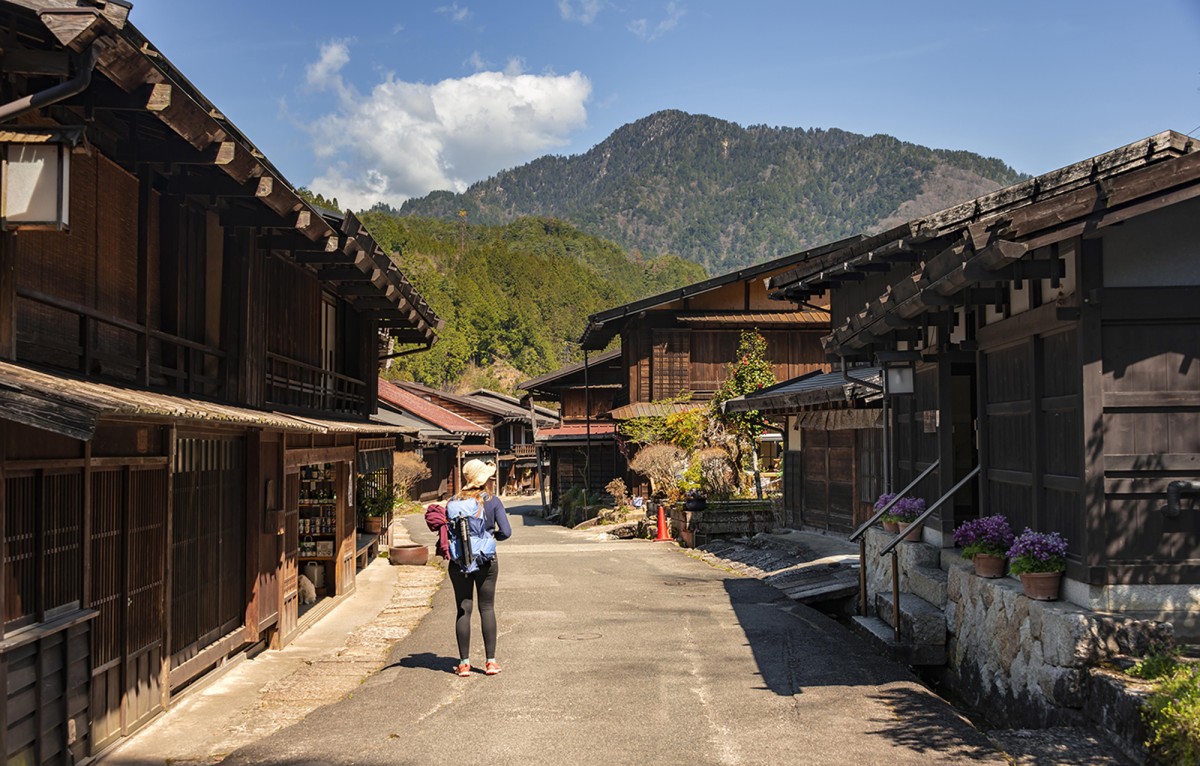
Nagano's ancient roads offer foreign travelers a glimpse of Japanese history and culture.
About 90 percent of the Kiso Valley is covered in forests–a combination of towering Hinoki cypresses, Japanese umbrella pines, and cedar trees. Although our hike was not easy in the immense heat (37 degrees Celsius/ 98 degrees Fahrenheit), we were refreshed by crystal-clear streams and gushing waterfalls. We spotted roadside villages, ancient tea houses, sacred shrines, and cemeteries along the way.
Our final stop on this hike, Tsumago, is one of Japan's best-preserved and most atmospheric old towns, with its original or fully restored lattice-worked wooden houses, shops, museums, and ryokans. The local laws prohibit cars on the main street and hide all signs of modern life, such as electricity, telephone wires, and the ever-present vending machines.
Continuing our journey through Nagano, we detour off the Nakasendo trail to the site of my unexpected experience, Ontake Mountain. At 3067 meters, Mount Ontake is Japan's second-largest volcano and one of the most sacred mountains in Japan. The native Shinto religion worships nature and its divine spirits, known as kami, who live in all elements of the natural world. In the Shinto religion, mountains are a special feature, especially the most beautiful ones. Mount Ontake is so sacred that it even has its own religious sect, the Ontake-kyo.

Mount Ontake is one of the most sacred mountains in Japan and has five crater lakes. Lake Ni No Ike, at 2,905 m (9,531 ft), is the highest mountain lake in Japan.
For centuries, the mountain has been revered by practitioners of shugendo, or mountain asceticism, which combines elements of Buddhism and Shintoism. These pilgrims sought enlightenment through arduous rituals on and around the sacred mountain. However, for a long time, Mount Ontake remained off-limits to laypeople. For hundreds of years, access to this mountain was strictly controlled, and only those who had first completed a 100-day ritual were allowed to climb it and pray in the shrine at the summit. During this three-month ritual, pilgrims retreated into caves, followed a strict plant-based diet, chanted, meditated, and purified their bodies and minds four times a day under huge waterfalls.
This exclusivity changed in the 18th century with the advent of two monks, Kakumei and Fukan, who created the first safe mountain paths, abolished the 100-day austerity requirement, and encouraged ordinary people to make pilgrimages to the summit. The two ancient trails–the Kurosawa-guchi trail, opened in 1782, and the Otaki-guchi trail, born ten years later–are now known as the Ontake Kodo. The relaxed regulations have led to large numbers of people flocking to the mountain and praising the theory of Ontake-kyo. It is estimated that at its peak, the Ontake faith had around a million followers, although this number has now fallen to 50,000.
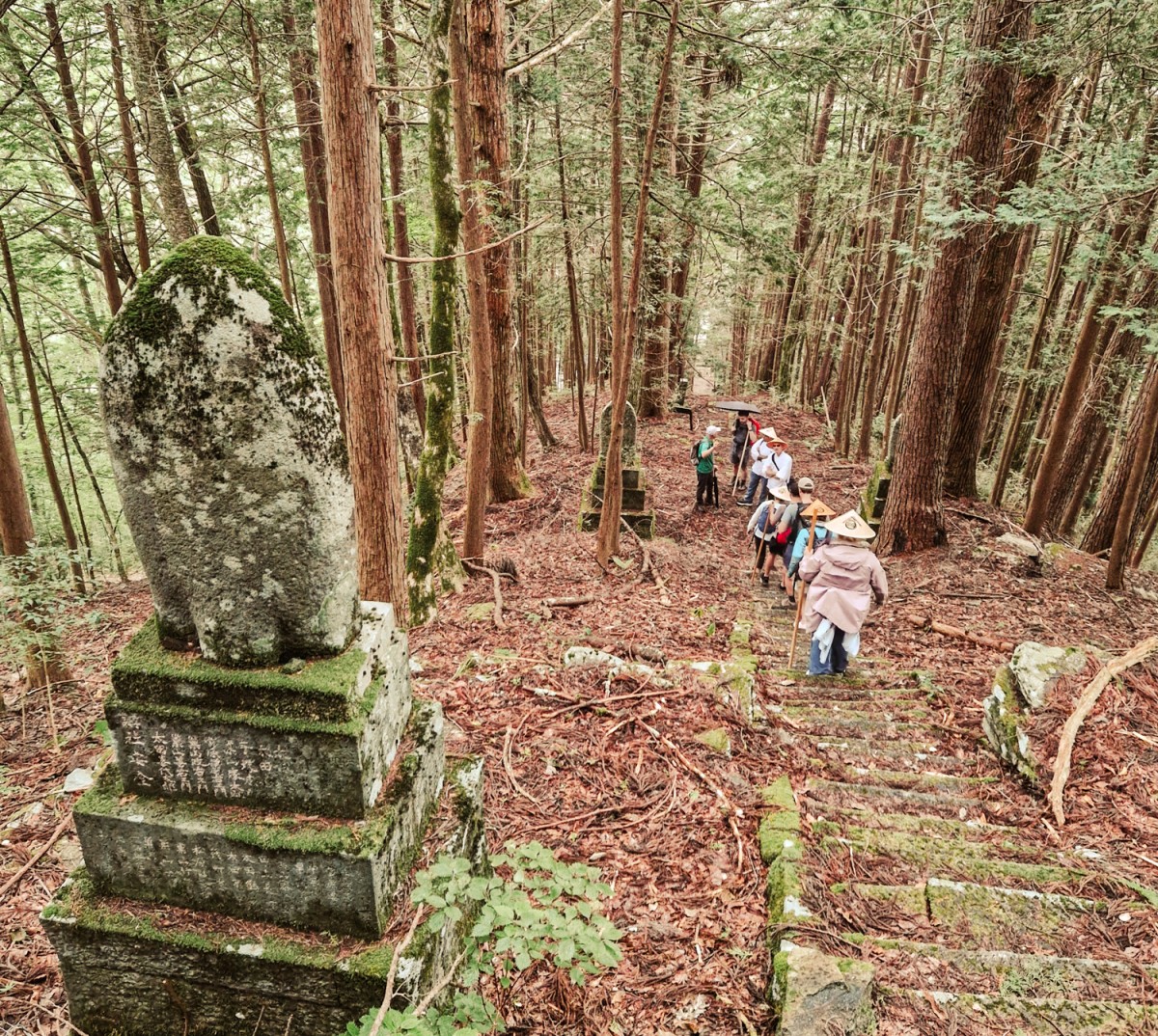 Hiking in a traditional Japanese kasa hat alongside reijinhi. Reijinhi are stones erected at the end of a pilgrimage leader's tenure. The stone and its writing represent the number of times the individual scaled Ontake as part of a ko pilgrimage.
Hiking in a traditional Japanese kasa hat alongside reijinhi. Reijinhi are stones erected at the end of a pilgrimage leader's tenure. The stone and its writing represent the number of times the individual scaled Ontake as part of a ko pilgrimage.
One of the key elements of the 100-day purification was the takigyo, a traditional waterfall ritual, a Buddhist tradition that dates back a thousand years. Such meditation under the waterfall has been practiced not only on Mount Ontake but in many other parts of Japan, and in some places, it is also available to modern tourists like us.
On Mount Ontake, the takigyo takes place under the 30-meter-tall Kiyotaki Falls, where monks and pilgrims have been coming over since the 9th century. During our hike, we were eager to catch the first glimpse of the waterfall, which came tumbling down the mountain with a tremendous roar. We donned the traditional white robes of the monks, called Shiroshozoku, symbolizing purity, and listened to the guidance of Mr. Kurumizawa, our trained pilgrim guide (sendatsu). A platform had been built at the bottom of the waterfall, and as instructed, we walked out on it, one by one, and stood under the waterfall while our guide prayed for us at the edge of the platform.
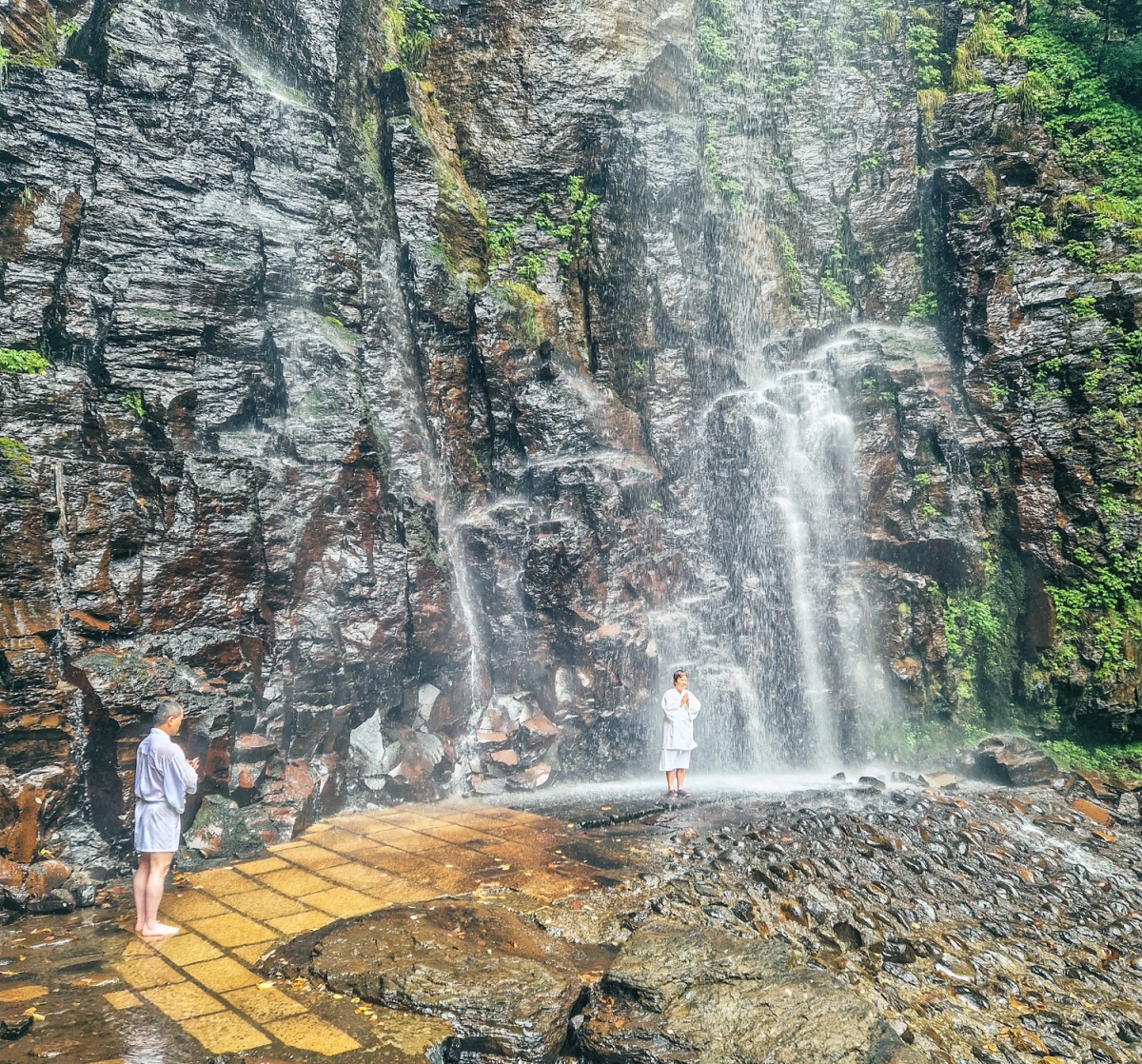
Before climbing Mount Ontake, pilgrims cleansed themselves by performing takigyo—a ritual that involves meditating under the freezing cold waterfalls of Kiyotaki Falls.
The weather was chilly that day. It was also drizzling rain, and rationally thinking, I had no desire whatsoever to stand under a cold waterfall. But the spirit of the place and the tradition mesmerized me. Although I initially feared it, after stepping under the fall, I was not at all bothered by the fact that the water was freezing cold. The waterfall is somewhat broken by the rock, so it doesn't come down too hard; the intensity is rather like a thunderstorm. I could hear the priest's voice for a while, and then it was drowned out by the roar of the water. I have clasped my hands in prayer, closed my eyes, and was completely in the present. I stood under the cold water for only a few minutes, but it felt like a much longer amount of time. All my worries and anxieties were gone as I stepped out of the waterfall. It may sound paradoxical, but I found the perfect stillness under the thunder of the fall. It was an experience that I will remember for a long time, and I can't be grateful enough for having the chance to experience such a magical sight.
Eva Kisgyorgy is a blogger, journalist, writer, and photographer who established a travel website, Travellina, in 1996, which became the most popular travel blog in Hungary. In 2011, Eva left her job to focus on travel and writing and has visited all 7 continents and 147 countries. Contributing writers to this destination series were hosted on adventures throughout Japan as part of the Adventure Travel World Summit 2023 in Hokkaido, Japan.
